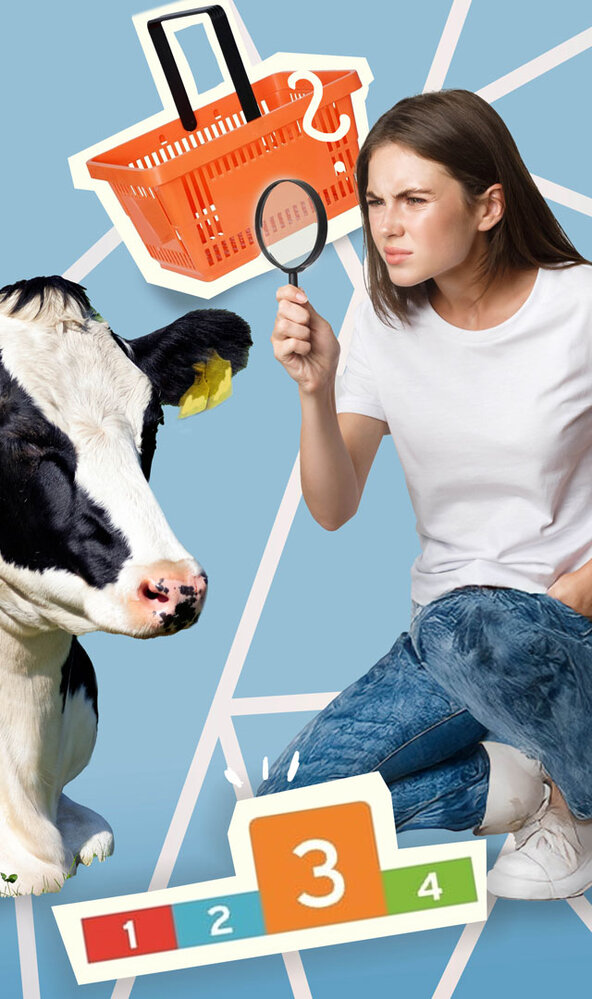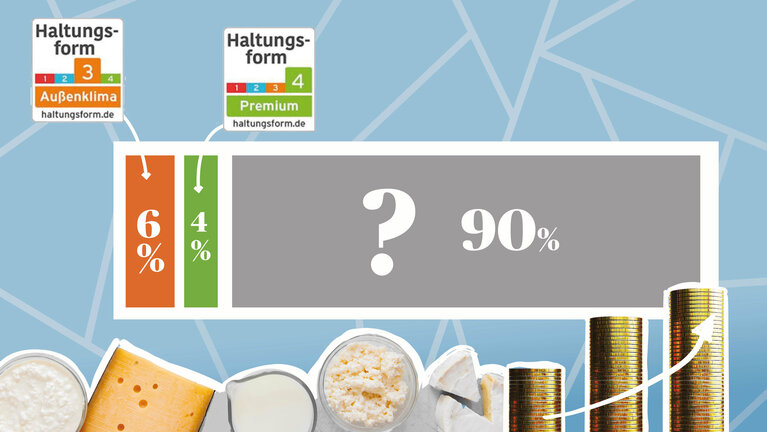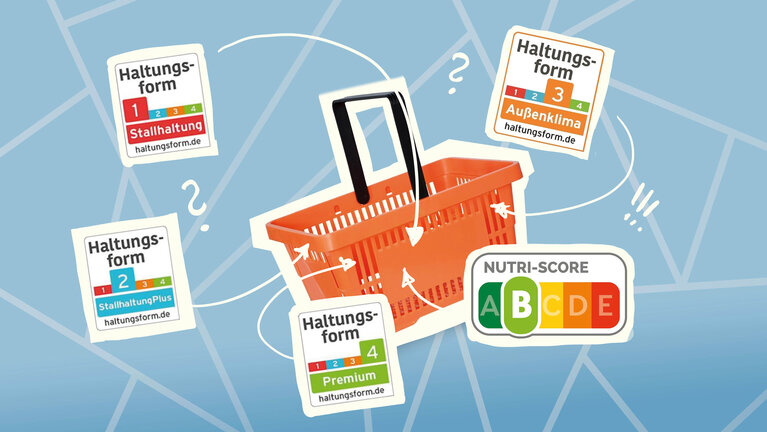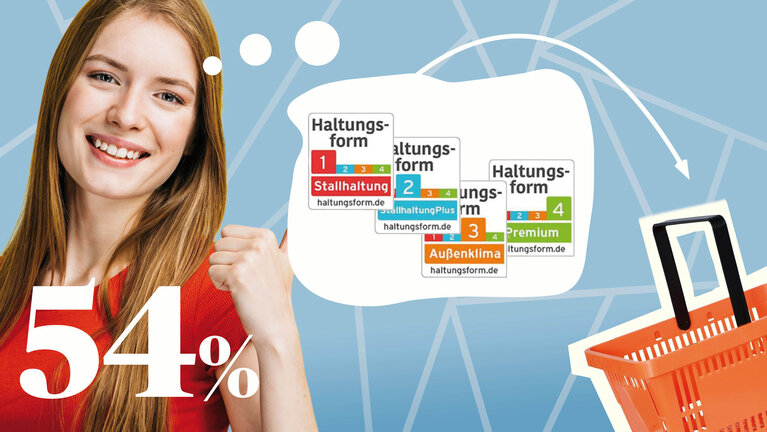
What once was routine has become mission-critical: consumers are increasingly looking for information that reveals more than just ingredients. These labels are becoming the new benchmark for health, sustainability and ethical standards. Consumers are looking for more than just a basic meal. According to the latest nutrition report from the German Federal Ministry of Food and Agriculture, around 65 percent of people pay attention to animal welfare labels - almost twice as many as in 2015, when the figure was only 36 percent. Consumers also consider ingredient lists, best-before dates and information about origin to be important.
Furthermore, research indicates that over a third of consumers surveyed are influenced by the Nutri-Score when making purchasing decisions. This labelling system, also known as the food traffic light system, uses coloured letters to indicate the content of nutrients relevant to health, such as fats, saturated fatty acids, sugar and salt. The higher the energy content and the healthier the ingredients, the higher the Nutri-Score. Approximately 90 percent of consumers have come across the Nutri-Score on food packaging at least once - in 2021, the figure was 44 percent.
Another label, “Farming Type”, has been introduced as a voluntary label as part of a cross-industry concept, mainly by German food retailers. This is the food industry's response to consumer demand: Some 84% of consumers look for information on animal welfare, and 70% want to know whether a food product has been produced under fair conditions. The five-stage Farming Type label provides greater transparency on product packaging. According to research by YouGov, the increased use of the label encourages consumers to compare products. Many expect this to increase pressure on manufacturers to take responsibility and improve fair production conditions. However, there is also criticism that consumers lack background knowledge about the different types of farming and are confused by perceived contradictions with other labels. In addition, as a voluntary label, it is perceived as less credible than official labels. Nevertheless, the “Farming Type” label is viewed positively and as a step in the right direction.
Overall, it can be said that dairy products from Farming Types 3 and 4 account for ten percent of the total market. This is partly because farming types do not play a major role in the decision to buy cheese, as the product is already too far removed from the cow. Overall, however, it is clear that more than half of consumers pay attention to the “Farming Type” label and find it a quick and easy way to make an informed choice - in line with a healthy and conscious diet.
90%
the consumer
... have already noticed the Nutri-Score on food packaging - in 2021, the number was 44 percent.




